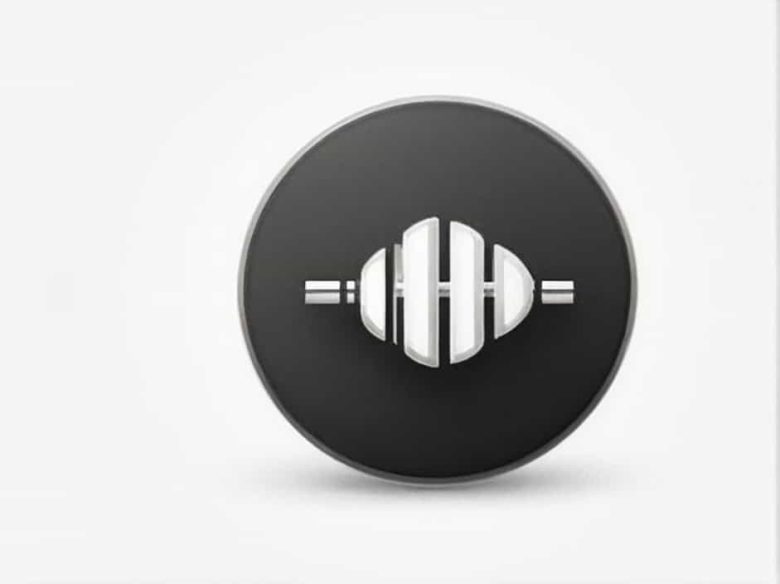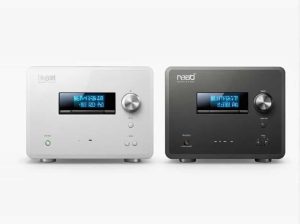An equalizer (EQ) is an essential tool for shaping sound, allowing users to adjust specific frequency ranges to achieve the desired audio balance. One of the most important aspects of an EQ is bass control, which enhances the depth and power of music.
Understanding which frequencies on an equalizer correspond to bass helps in improving audio quality for music production, live performances, or personal listening experiences. This topic will explain which EQ settings control bass, how they affect sound, and the best ways to adjust them for an optimal listening experience.
1. Understanding Frequency Ranges in an Equalizer
What Is Frequency?
In audio, frequency refers to the number of vibrations per second, measured in hertz (Hz). The human ear can typically hear from 20 Hz to 20,000 Hz (20 kHz). An equalizer divides this range into bands, allowing users to adjust different parts of the sound spectrum.
The Three Main Frequency Ranges
- Bass Frequencies (20 Hz – 250 Hz) – Responsible for deep, low-end sounds.
- Midrange Frequencies (250 Hz – 4 kHz) – Controls vocals and instruments.
- Treble Frequencies (4 kHz – 20 kHz) – Affects clarity and brightness.
Since bass falls within 20 Hz to 250 Hz, these are the frequency bands to adjust when enhancing low-end sounds.
2. Which EQ Bands Control Bass?
1. Sub-Bass (20 Hz – 60 Hz)
- The deepest and most powerful bass range.
- Produces a rumbling effect felt more than heard.
- Common in electronic music, hip-hop, and cinematic soundtracks.
- Boosting this range adds depth, but too much can cause distortion.
2. Low Bass (60 Hz – 100 Hz)
- Core frequencies for bass guitars, kick drums, and deep synths.
- Adds weight and punch to the music.
- Boosting this range makes basslines more powerful and full.
3. Upper Bass (100 Hz – 250 Hz)
- Affects the body of bass instruments.
- Improves the warmth of a mix.
- Boosting too much can make the sound muddy and boomy.
3. How to Adjust Bass on an Equalizer
Boosting vs. Cutting Bass Frequencies
- Boosting bass enhances depth and impact but can overwhelm other sounds.
- Cutting bass removes unwanted low-end noise and prevents muddiness.
Step-by-Step Guide for Adjusting Bass
- Identify the bass range you want to adjust (sub-bass, low bass, or upper bass).
- Make small adjustments (2-3 dB at a time) to avoid distortion.
- Listen with different audio sources to ensure balance.
- Use a high-pass filter to remove unwanted ultra-low frequencies below 20 Hz.
Common EQ Settings for Different Music Styles
| Music Genre | Recommended Bass EQ Settings |
|---|---|
| Hip-Hop / EDM | Boost 20-60 Hz for deep bass |
| Rock / Metal | Boost 60-100 Hz for powerful kick drums |
| Jazz / Acoustic | Balance 100-250 Hz for warmth without muddiness |
| Pop | Moderate boost in 60-150 Hz for clear and punchy bass |
4. Common EQ Mistakes to Avoid
1. Overboosting Bass
- Excessive boosting can cause distortion and loss of clarity.
- Keep bass levels balanced to avoid overpowering other instruments.
2. Ignoring Mid and Treble Frequencies
- Bass alone won’t make music sound good—balancing mids and highs is crucial.
- Adjust treble to maintain clarity and presence in the mix.
3. Not Using a Subwoofer Correctly
- If you have a subwoofer, let it handle sub-bass frequencies instead of boosting them too much in the EQ.
5. Best Equalizer Settings for Different Audio Systems
1. Headphones and Earbuds
- Slightly boost 60-100 Hz for a fuller sound.
- Avoid excessive sub-bass boosts, as small drivers struggle with ultra-low frequencies.
2. Car Audio Systems
- Boost 40-80 Hz for deep bass.
- Cut 250 Hz slightly to reduce muddiness.
3. Home Theater Systems
- Boost 20-60 Hz for cinematic bass effects.
- Adjust according to speaker size and room acoustics.
4. Live Sound and DJ Setups
- Adjust 80-120 Hz for a tight, punchy bass that works well in loud environments.
- Avoid excessive boosting to prevent speaker damage.
Understanding which frequencies control bass on an equalizer helps improve audio quality, whether you’re listening to music, mixing tracks, or setting up a sound system.
By properly adjusting sub-bass (20-60 Hz), low bass (60-100 Hz), and upper bass (100-250 Hz), you can create a balanced, powerful sound without distortion or muddiness.
Experiment with different settings based on your music genre, audio device, and environment to achieve the best bass experience.



